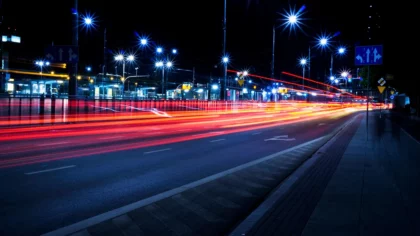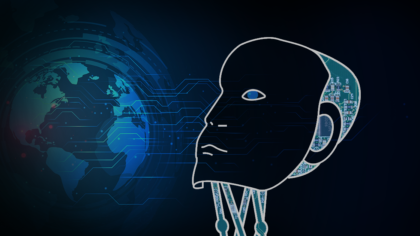Accelerate Productivity in 2025
Reignite Growth Despite the Global Slowdown
Our Innovation Analysts recently looked into emerging technologies and up-and-coming startups working on solutions for Smart Cities. As there is a large number of startups working on a wide variety of solutions, we decided to share our insights with you. This time, we are taking a look at 5 promising Smart Environment solutions.
Heat Map: 5 Top Smart Environment Startups
For our 5 top picks, we used a data-driven startup scouting approach to identify the most relevant solutions globally. The Global Startup Heat Map below highlights 5 interesting examples out of 185 relevant solutions. Depending on your specific needs, your top picks might look entirely different.
Rypplzz – 3D IoT For Connecting Physical & Virtual Environments
Nowadays, smart cities pose a continuous challenge of linking reality and virtuality into one smart system. The combination of the Internet of Things (IoT) and 3D mapping leads to the creation of a micro-environment, capable of storing and reproducing digital content at some designated physical locations while ensuring a smart connection. Rypplzz (USA) introduced its product, a 3D geospatial internet system (3Dx6g), named Interlife, so as to generate, share and provide user interaction for a geolocation-based content in three dimensions. Interlife uses the company’s patented telecom network in conjunction with precise 3D mapping to place and manipulate digital content in a six-inch datacube with a possibility of connecting to specified physical devices and interfaces.
ROB – Real-Time Observation Of Environmental Noise
With the increasing rate of noise disturbance in smart cities, the problem of noise mapping and control becomes more and more relevant. Traditional manual monitoring recurs in periodical intervals and requires a lot of human resources. Implementing artificial intelligence (AI) with real-time updates streamlines noise observation in modern cities and embeds it into a smart environment. ROB from Hungary addresses the issues of the source-selective noise mapping and monitoring in real-time with its robotics solution ReSoNo. Powered by neural network-based AI, it helps to locate the precise place and intensity of noise emitted in the environment. ReSoNo’s purpose is to unburden acoustic engineers and give them a powerful tool responsible for smart city noise observation and control.
StormHarvester – Smart Urban Waterproofing
Recurring heavy rainfalls and floods sometimes cause serious damage to the ecosystem of modern cities. This is where smart waterproofing infrastructure comes into play. Automated monitoring and control of drainage systems combined with predictive sensing help to keep the water information up-to-date and save costs thanks to better attenuation management with the help of smart tanks, dams or reservoirs. StormHarvester from the UK offers a smart environment that connects city infrastructure (pumps, valves, floodgates) to the platform responsible for short- and medium-term rainfall forecasts. Based on specific conditions and site characteristics, the solution ensures a reasonable reaction to both flood prevention and rainwater harvesting by responsive management of smart water tanks.
Senscity – Climate Change Monitoring & Visualization
Climate change is a serious challenge for smart cities. In order to tackle it, urban authorities require powerful tools, that are able to track, analyze and visualize climate impacts, for example raising temperatures, air pollution, green infrastructure performance, etc. By placing sensors in designated urban environments and connecting them to IoT analytical dashboards, responsible bodies gain insights into the course of climatic processes and track sustainability compliance. Australian Senscity aims at monitoring urban climate impacts by deploying sensors within cities’ green areas (parks, green gardens, green roofs, etc.). As these greeneries directly contribute to saving urban ecosystems, their performance is subject to monitoring. Packed with the IoT, machine learning, geospatial mapping, and real-time updates, the platform also assists with analytics and visualization.
RadGreen – Radiation Exposure Control
The problem with conventional radiation measurements in urban settings implies their interval nature, while human exposure to radiofrequency in smart cities is an everyday challenge. Comprehensive and incessant radiation monitoring allows for collecting day-to-day information regarding various radiation types, detecting environmental threats in smart cities – based on IoT sensors – as well as alerting citizens and responsible bodies in terms of taking preventive or emergency measures. The main idea of Israeli RadGreen’s cloud solution implies building a safe and risk-free environment. In order to achieve this goal, the company offers one-stop-shop monitoring for factors like cellular antenna radiation, wi-fi antenna radiation, corresponding gas pollution, and, especially, urban wi-fi networks parameters. IoT integration ensures continuous control with synchronized notifications.
What About The Other 180 Solutions?
While we believe data is key to creating insights it can be easy to be overwhelmed by it. Our ambition is to create a comprehensive overview and provide actionable innovation intelligence for your Proof of Concept (PoC), partnership, or investment targets. The 5 startups showcased above are promising examples out of 185 we analyzed for this article. To identify the most relevant solutions based on your specific criteria and collaboration strategy, get in touch.
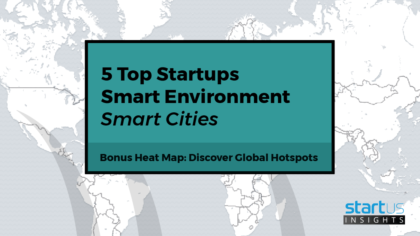
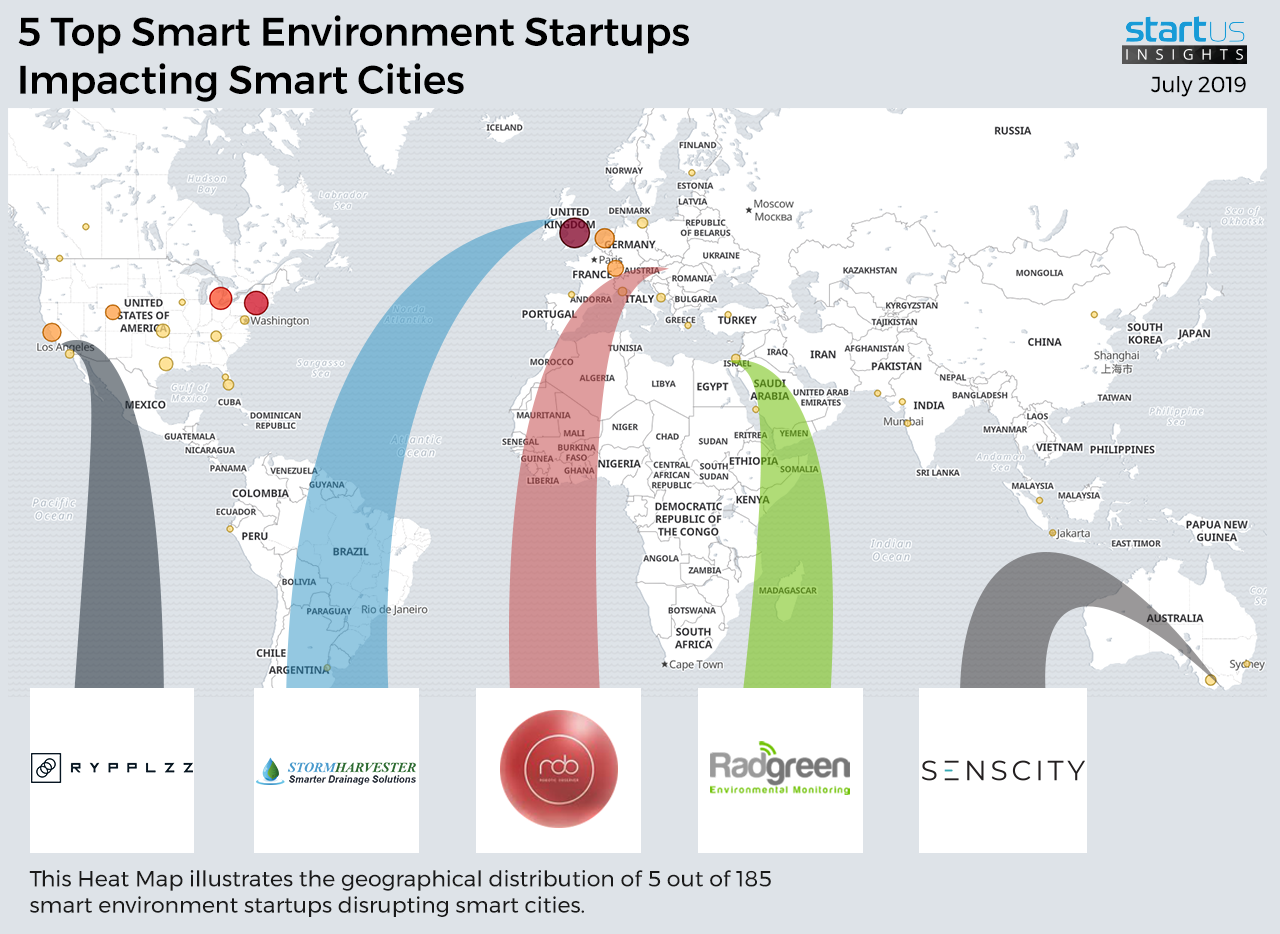

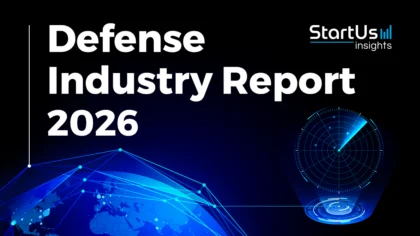
![Dive into the Top 10 Workplace Safety Trends & Innovations [2026]](https://www.startus-insights.com/wp-content/uploads/2025/07/Workplace-Safety-Trends-SharedImg-StartUs-Insights-noresize-updated-420x236.webp)
